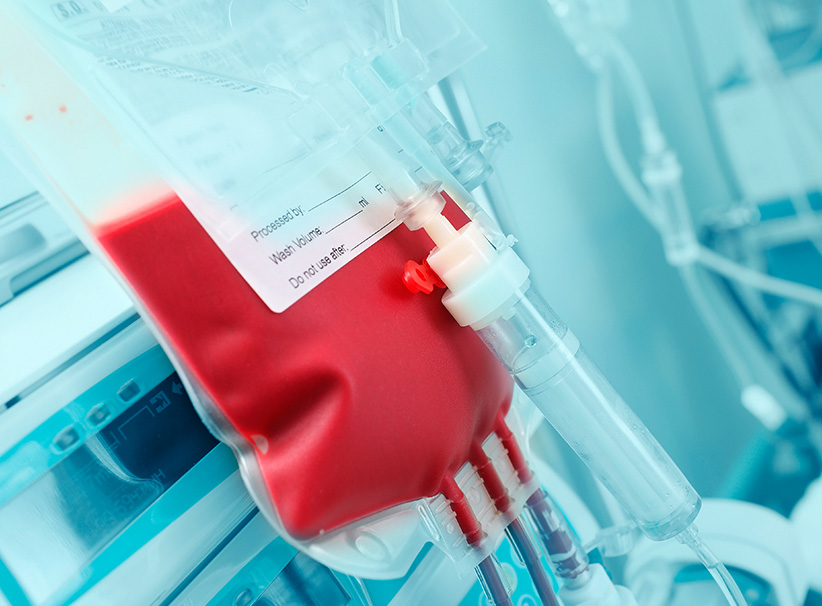Despite the availability of a vaccine and the continuous development of antiviral treatments, persistent hepatitis B virus (HBV) infection remains a global major public health issue.It is estimated that more than two billion people worldwide have been in contact with the virus at some time in their lives and 257 million of them remain chronically infected. HBV transmission involves direct exposure to infected bloodor organic fluids containing infected blood. Before 1970, it is estimated that HBV transfusion-transmission occurred in ∼6%of multi-transfused patients.
Over the last four decades, blood safety has been continuously improved by the constant development of sensitive and specific serologic assays. Global implementation of nucleic acid testing (NAT) for HBV DNAin 2004–2008 significantly reduced further the residual risk ofHBV transfusion-transmission by reducing the diagnostic pre-seroconversion window period and by detecting occult HBV infection/carriage. Yet, HBV transmission remains the most frequent transfusion-transmitted viral infection. The residual risk of HBV transfusion-transmission appears to be mainly related to blood donations negative for HBsAg but containing extremely low levels of viral DNA potentially infectious that may escape detection by the currently most sensitive NAT assays. OBI is defined by the presence of low levels of HBV DNAin the liver (with detectable or undetectable HBV DNA inthe serum) of individuals testing HBsAg-negative by currently available assays, with or without detectable anti-HBc and/oranti-HBs antibodies, outside the pre-seroconversion window period.
Following the implementation of HBV-NAT, the overall residual risk of HBV transmission by transfusion was estimated to 1.2–17.4 per million donations according to HBV prevalence. However, few reports indicated that OBI donors with HBVDNA levels undetected by ID-NAT might transmit HBV in the absence of anti-HBc testing. A mathematical model was recently developed to estimate the HBV residual transmission risk specifically associated with OBI. This model is based on the probability distribution of the viral load in randomly selected OBI donors, the probability that a given viral load remains undetected by NAT, and the probability that this viral load causes infection in the recipient.
The model estimates that 3.3% of OBI donations that are not detected by ID-NAT may cause infection by RBC containing 20 mL of plasma. The estimated risk increases up to 14% for200-mL FFP transfusion. More studies are needed to evaluate properly this residual risk.Anti-HBc testing and/or pathogen reduction procedures might be considered to improve further blood safety. In countries where anti-HBc testing is implemented like France, OBI appears to be no threat to blood safety. However, understanding the molecularmechanisms associated with OBI and their putative implication in the clinical evolution of the infection, including the risk of HBV reactivation, may help donor counseling.
Transfus Clin Biol. 2017 Sep;24(3):189-195.
Occult hepatitis B infection and transfusion-transmission risk.
Candotti D1, Boizeau L2, Laperche S2.



